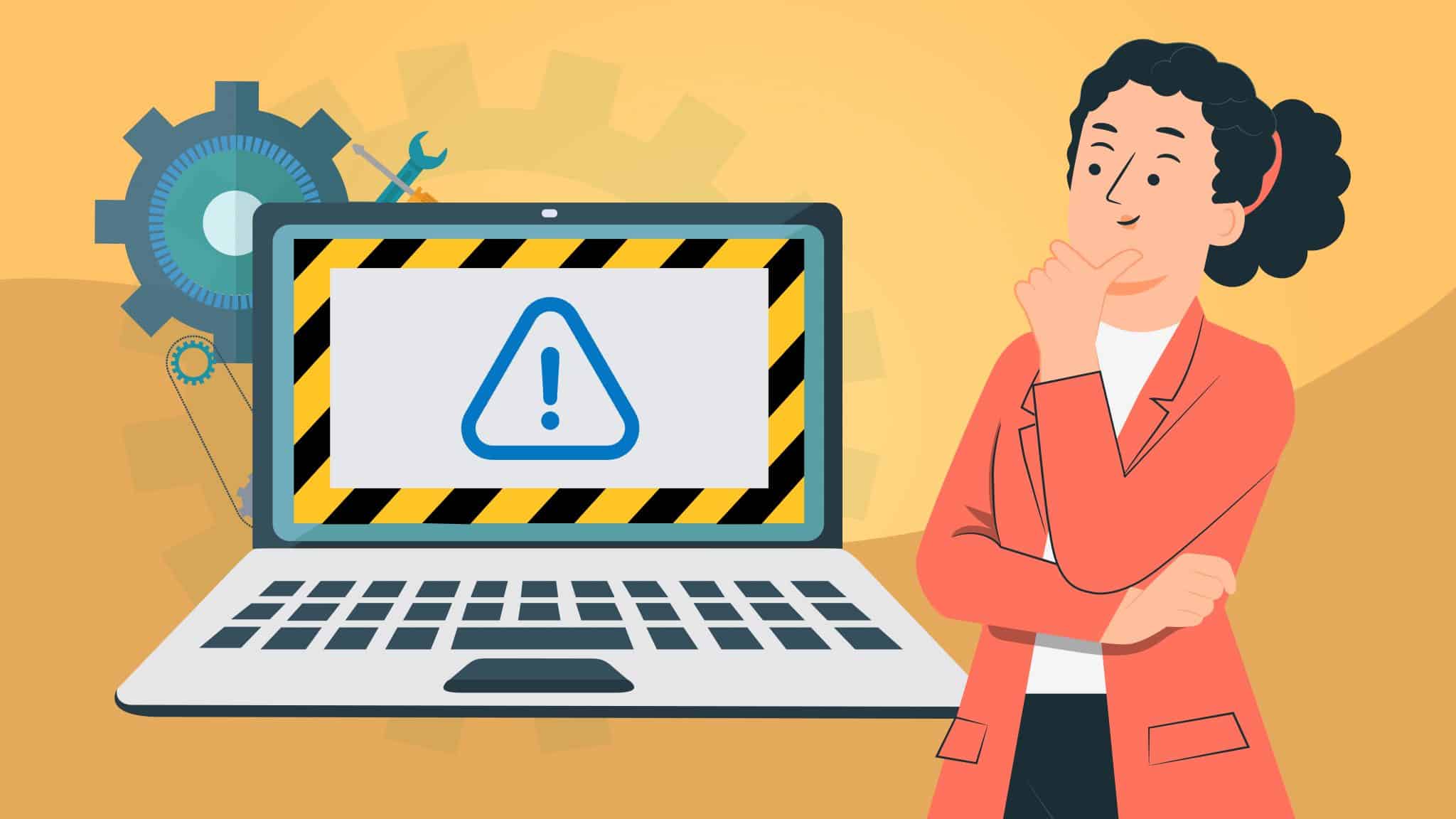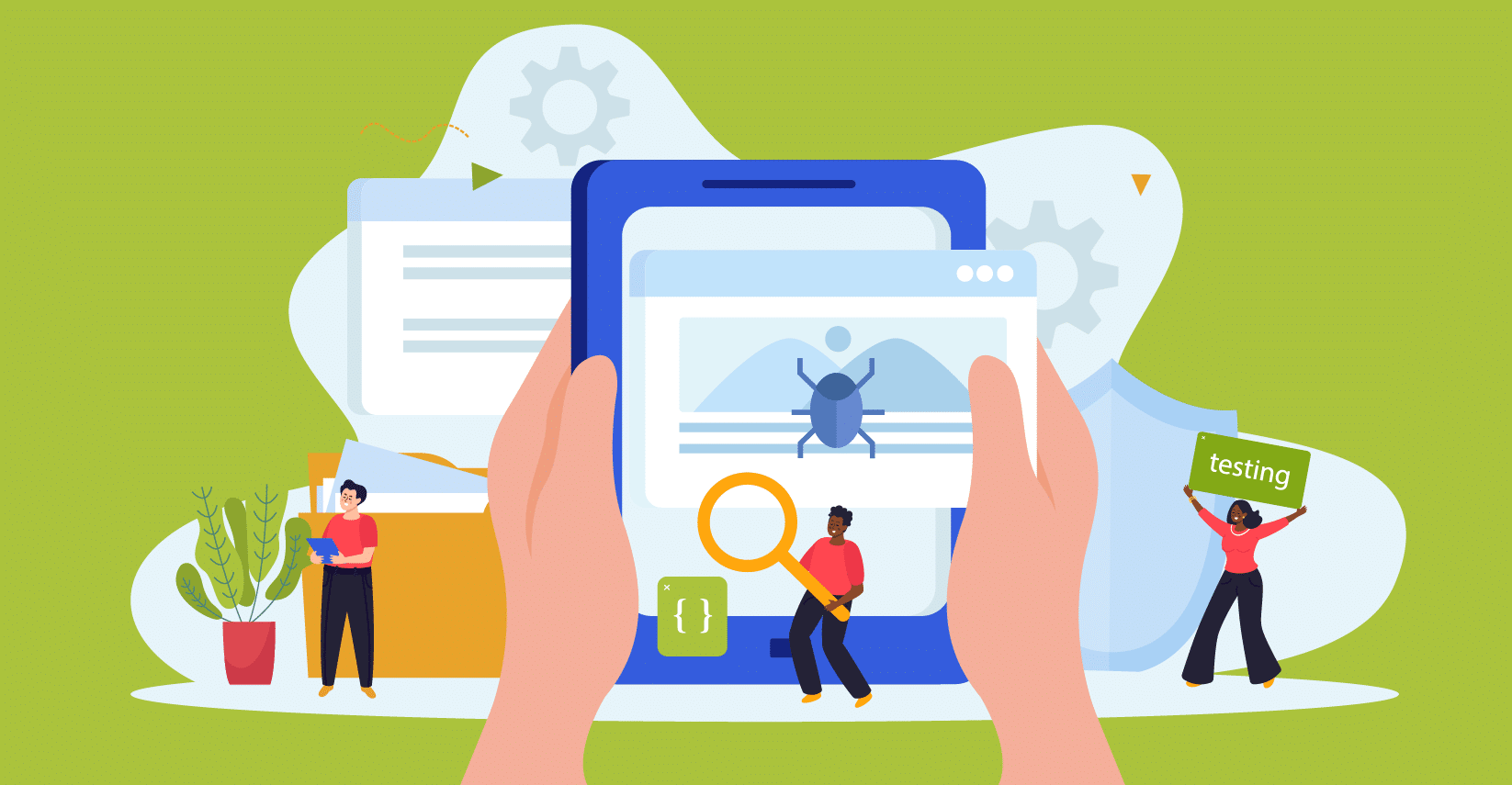A defect tracking tool can improve a tester’s job. It’s a program that allows one to discover, manage, and fix all issues within a software application in order to ensure it’s fully functional and doesn’t inconvenience users. But not all defect-tracking apps work the same for everyone, which is why it’s very important to spend time researching until you find the right one for you and your team.
In order to find the best defect-tracking program, you must pay attention to some features that we’re going to list below, so keep on reading.
1. Integration with Different Tools
A defect tracking tool is truly efficient when it can be integrated with other tools. This is because it makes it easy to take care of the entire testing process without having to switch from one tool to another when you need to gather important data. All bugs can get synchronized in real time and you can enjoy automatic defect status updates more easily.
2. In-App Email Notifications
Communicating with your fellow team members is a must, especially when you need to tell them about bugs you’ve discovered. You should also keep them updated with the progress you’ve made in fixing the error. For this reason, you should look for a tool that also has email in-app notifications that allow users to see messages immediately and answer them in real time.
3. Easy Submission of Defects from Multiple Sources
A good bug-tracking application will give you the ability to submit defects from multiple sources such as Excel files, MS Word files, emails, and corporate websites. You should find a tool that lets you enter all issues very quickly and easily, as it can save time and make your work easier.
4. Mobile App Support
Sometimes, you want to be able to track defects from your smartphone as well, especially as we live in a world where mobile use is so widespread. Many modern defect-tracking programs offer mobile app support. That being said, try to find a defect tracking tool that offers support on a variety of mobile platforms, including Android and iOS.
5. No Downtime
Many teams are tired of tools that have a lot of downtime because that delays the software development process. Luckily, there are many bug-tracking tools that have zero downtime, and you should try to find one of these. This way, you can keep working on developing software without wasting time.
6. A Good Dashboard
Choose a defect tracking tool that has a very good dashboard. It should include different choices, such as options for displays, texts, charts, and others. Also, the perfect dashboard should be one that can be customized to keep your work organized.
The Bottom Line
Finding the ideal defect tracking tool is possible as long as you know what features to look for. A good app will have zero downtime, a great dashboard, in-app email notifications, mobile app support, integration with different tools, and the ability to easily submit defects from various sources.


























